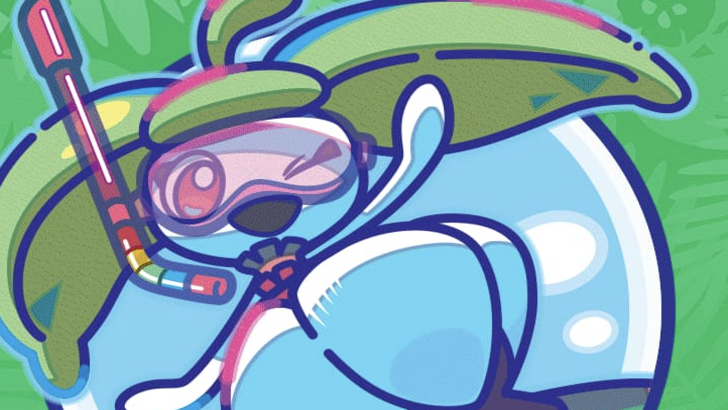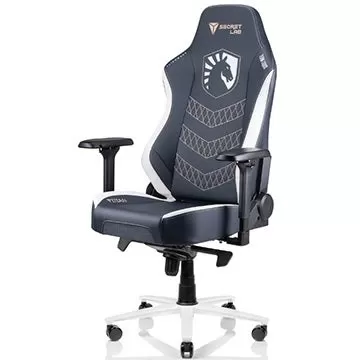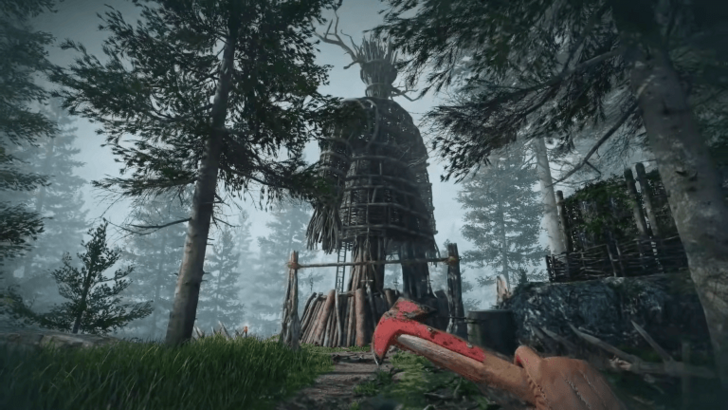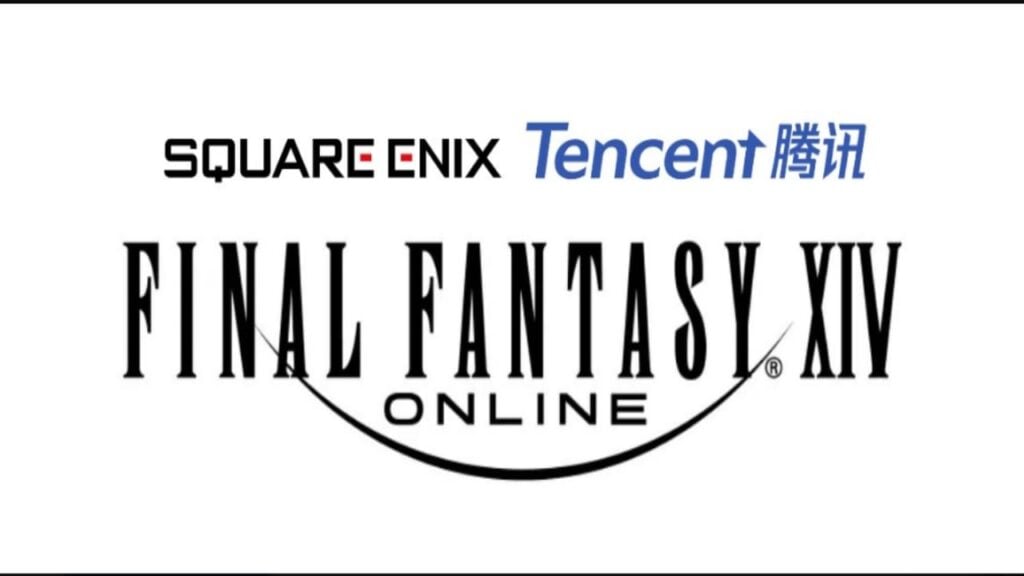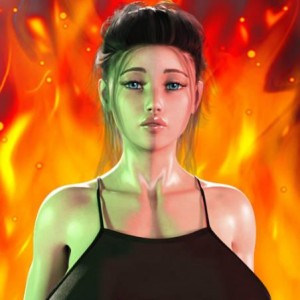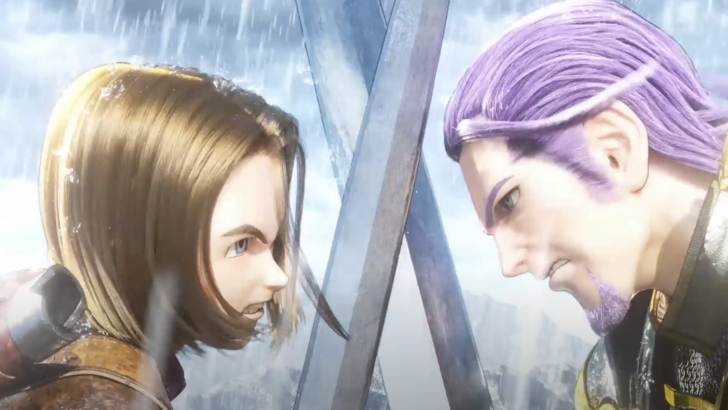
The Evolving Role of the Silent Protagonist in Modern RPGs: A Conversation Between Dragon Quest and Metaphor: ReFantazio Creators
Veteran RPG developers Yuji Horii (Dragon Quest) and Katsura Hashino (Metaphor: ReFantazio) recently discussed the challenges and rewards of utilizing silent protagonists in a modern gaming landscape characterized by increasingly realistic graphics and evolving storytelling techniques. This insightful conversation, excerpted from the "Metaphor: ReFantazio Atlas Brand 35th Anniversary Edition" booklet, explores the changing dynamics of character design and player immersion.
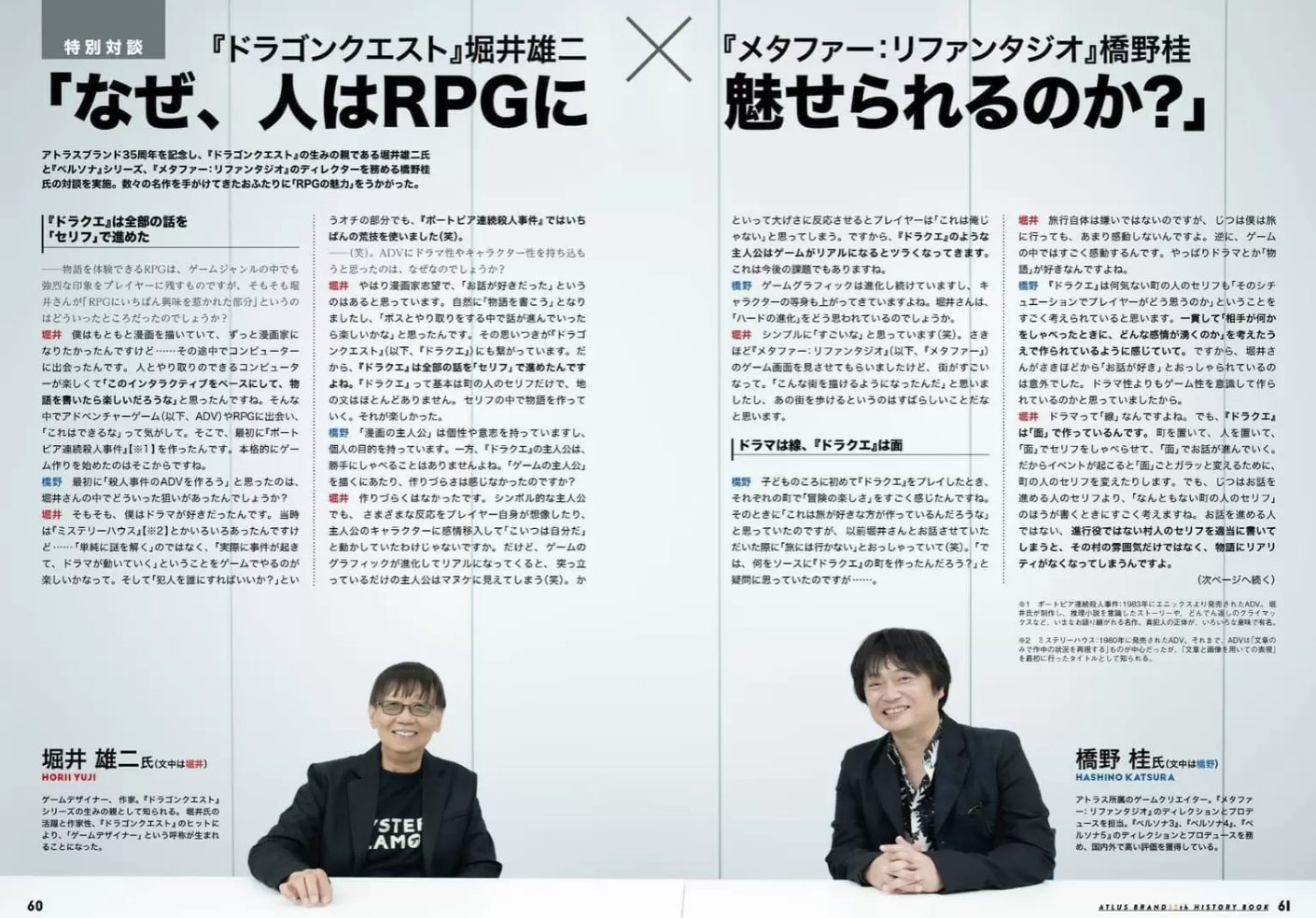
Horii, creator of the iconic Dragon Quest series, explained the series' reliance on the "symbolic protagonist"—a silent character allowing players to project their own feelings into the game. This approach, effective in the simpler graphics of earlier games, presents a unique challenge in today's visually rich environment. "As game graphics become more realistic," Horii quipped, "if your protagonist just stands there, they look like an idiot!"
Horii, whose background includes aspirations to be a manga artist, emphasized Dragon Quest's narrative structure, built primarily on dialogue and interactions, minimizing the need for extensive narration. The silent protagonist, therefore, served as a blank canvas onto which players could project their own experiences.
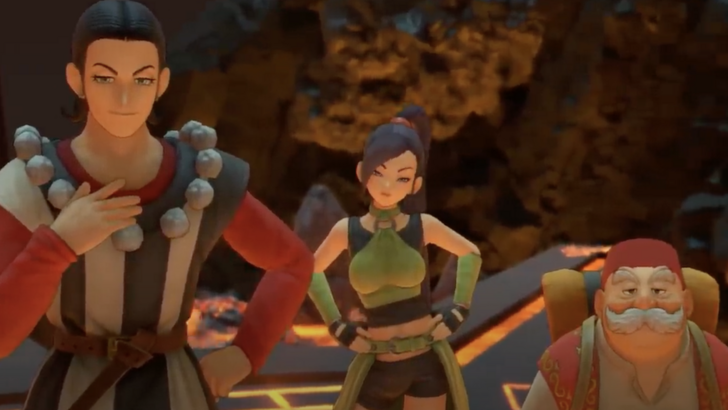
However, the limitations of this approach in modern games are undeniable. The minimalist graphics of the NES era allowed players to easily fill in the emotional gaps. Now, with advanced visuals and audio, the lack of vocal expression from the protagonist can feel jarring. Horii acknowledges this, stating that depicting a silent protagonist effectively in increasingly realistic games poses a significant ongoing challenge.
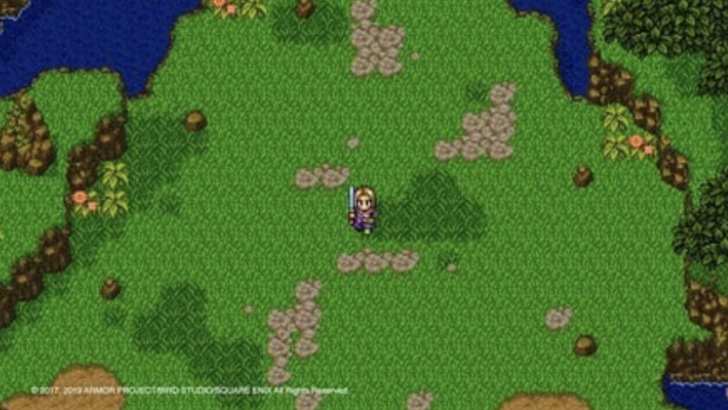
Hashino, whose upcoming title, Metaphor: ReFantazio, features a fully voiced protagonist, offered a contrasting perspective. He praised Horii's approach, highlighting Dragon Quest's focus on eliciting specific emotional responses from the player, even in seemingly minor interactions with non-player characters. This player-centric design, Hashino argued, is a testament to the series' enduring appeal.

The conversation underscores the evolving relationship between technological advancements, character design, and player engagement in RPGs. While the silent protagonist remains a unique and powerful tool in the hands of skilled developers like Horii, the increasing realism of modern games necessitates a careful consideration of its limitations and potential for disconnect.


